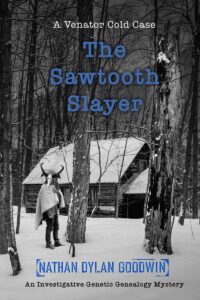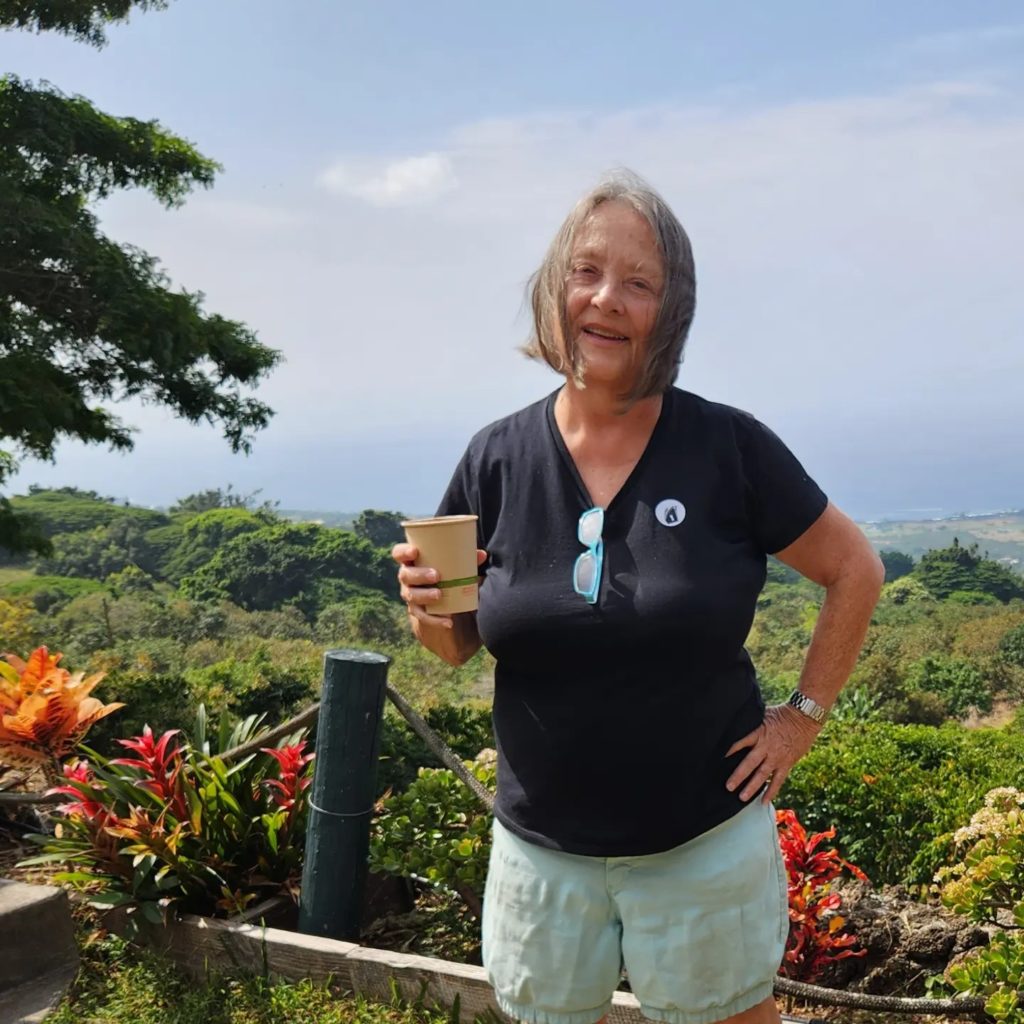Since you are all carefully practicing social distancing in order to do your part to slow this pandemic, I put together some DNA focused reading recommendations. I am very grateful to my kindle app which makes it easy to get books.


My favorite new book about DNA and genealogy is The Lost Family: How DNA Testing is Upending Who We Are by Libby Copeland which is as suitable for your less addicted family members as it is for you, my fellow seekers. I like the term seeker that Libby uses for those of us who are loving using DNA for solving family mysteries and genealogy puzzles. At the end of this article I have some notes about Libby’s own family discoveries from my interview with her.
by Libby Copeland which is as suitable for your less addicted family members as it is for you, my fellow seekers. I like the term seeker that Libby uses for those of us who are loving using DNA for solving family mysteries and genealogy puzzles. At the end of this article I have some notes about Libby’s own family discoveries from my interview with her.
- A Suggested DNA Reading List
- And reading relevant to pandemics
Streaming movies is another way to stay in. You might watch the 2011 movie Contagion again. Click here for the NPR fact checking of it. In summary, except for the speed of a vaccine being developed, it is quite accurate. Thank goodness COVID-19 is not as lethal as the virus in the movie.
again. Click here for the NPR fact checking of it. In summary, except for the speed of a vaccine being developed, it is quite accurate. Thank goodness COVID-19 is not as lethal as the virus in the movie.
Here is more detail about each of the books I recommend.
The Lost Family weaves the Alice Plebuch story though out the entire book, a clever mechanism to keep your interest. It includes the very modern history of genetic genealogy interspersed with many stories of people discovering DNA surprises such as Daddy was not biological. From the cover flap comes this very apt quote: the book explores “what happens when we embark on a vast social experiment with little understanding of the ramifications.” Libby is an excellent writer and story teller. I found her book captivating.
weaves the Alice Plebuch story though out the entire book, a clever mechanism to keep your interest. It includes the very modern history of genetic genealogy interspersed with many stories of people discovering DNA surprises such as Daddy was not biological. From the cover flap comes this very apt quote: the book explores “what happens when we embark on a vast social experiment with little understanding of the ramifications.” Libby is an excellent writer and story teller. I found her book captivating.

 The other books I have read recently about DNA are enjoyable for me, a DNA junkie, but I will not suggest them to my husband. Adam Rutherford’s A Brief History of Everyone Who Ever Lived: The Human Story Retold Through Our Genes
The other books I have read recently about DNA are enjoyable for me, a DNA junkie, but I will not suggest them to my husband. Adam Rutherford’s A Brief History of Everyone Who Ever Lived: The Human Story Retold Through Our Genes is dense and comprehensive – I have been reading a chapter a week in the bathtub. From Neanderthals to Eugenics it covers a great deal of ground and is both well researched and well written.
is dense and comprehensive – I have been reading a chapter a week in the bathtub. From Neanderthals to Eugenics it covers a great deal of ground and is both well researched and well written.
More fun, but still mainly for us seekers, is She Has Her Mother’s Laugh: The Powers, Perversions, and Potential of Heredity . My brother loved this book. It explores the vagaries of genetic inheritance from the eyes of someone becoming a parent.
. My brother loved this book. It explores the vagaries of genetic inheritance from the eyes of someone becoming a parent.
An oldie but goodie from 1999 is Matt Ridley’s Genome: The Autobiography Of A Species In 23 Chapters (P.S.) This is the book which reignited my interest in genetics in the early 2000s. He has written many interesting books on this topic, this one was written while the human genome was being sequenced. It has a chapter for each chromosome highlighting a known gene on every one.
This is the book which reignited my interest in genetics in the early 2000s. He has written many interesting books on this topic, this one was written while the human genome was being sequenced. It has a chapter for each chromosome highlighting a known gene on every one.
If how to respond to a pandemic is on your mind you might enjoy The Great Influenza: The Story of the Deadliest Pandemic in History . A nice thick book of almost 500 pages it starts with a really good history of modern medicine and continues with how the failings of various leaders let the 1918 Spanish Flu spread dramatically, for example, by not cancelling a parade in Philadelphia,
. A nice thick book of almost 500 pages it starts with a really good history of modern medicine and continues with how the failings of various leaders let the 1918 Spanish Flu spread dramatically, for example, by not cancelling a parade in Philadelphia,
Continue reading →

One thing I like to do when cruising is to read fiction by the pool or at night. My new favorite mystery author is Nathan Dylan Goodwin who has a series about a forensic genealogist as well as a wonderful new series about a fictional genetic genealogy company called Venator.





